
You Won’t See on a Tour Coach
[caption id="50HiddenTreasures_Feature" align="aligncenter" width="1024"]
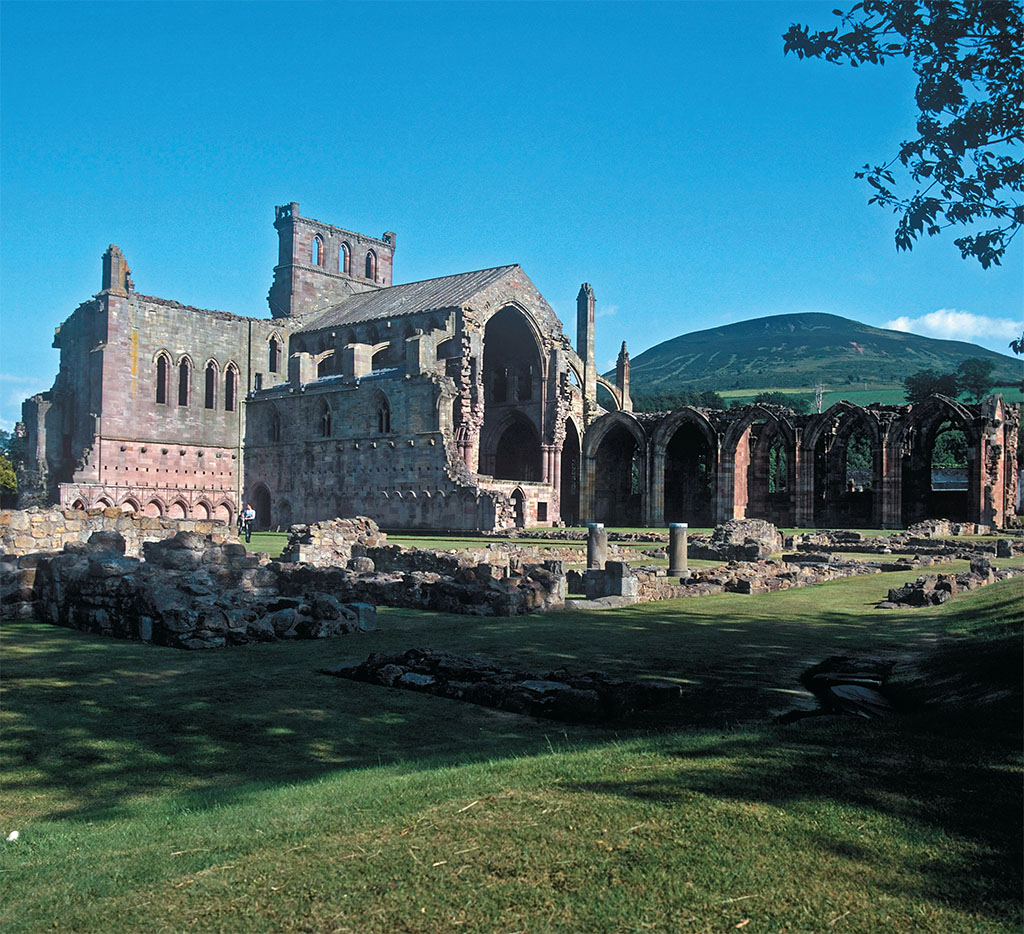
© PADDY MCGUINNESS/ALAMY
Hotspots, happenings and serendipity. We invited five of your favorite British Heritage writers to submit 10 favorite visits that you would not be apt to see on a traditional coaching tour of Britain. The eclectic result speaks for itself—and for them!
JEAN PASCHKE
1. Dedham, Essex
In the heart of Constable Country, Dedham is accessible by train, bus or car, but it’s more fun to visit by taking the one-mile public footpath from Flatford. Retrace painter John Constable’s steps as he trudged to school each day through picturesque Dedham Vale. Order quiche at the Essex Rose Tea Shop and then be prepared to tackle an enormous plate of food. www.ukvillages.co.uk
2. Paddington Basin Rolling Bridge, London
This is a 4.5 ton steel pedestrian walkway over the Grand Union Canal near Paddington Station, London. Every Friday noon, weather permitting, crowds gather to see it roll up into a ball at one side to allow river traffic to pass through. Phone 0207 402 5279 to check the weather. www.heatherwick.com
3. The Boat Museum at Ellesmere Port, Cheshire
This beautifully interpreted museum shows visitors how a boatman’s family lived in cramped quarters afloat and in cottages ashore. See crafters at work and learn about loopies and legging it at Britain’s largest collection of floating canal craft. It’s a 20-minute walk from Ellesmere Port train station, or reachable by car at the interchange of the M56 and the M53. www.virtualwaterways.co.uk
[caption id="50HiddenTreasures_img1" align="aligncenter" width="1024"]

ROGER PASCHKE
4. Farnham, Surrey
A nice little town lately organized for tourism. J.M. Barrie wrote Peter Pan here. It has a small museum, a pretty church, a modern art gallery and audio tours of ruined Farnham Castle. If you’re lucky, a man who has set up a little laundry room exhibit in a town wall will waylay you and tell you all about it. The washboard came from Dollywood! www.hiddenbritainse.org.uk/farnham.htm
5. Wisbech, Cambridgeshire
Wisbech, where Georgian houses line canals, is reminiscent of Holland. A spring tulip festival adds to the illusion. The Church of St. Peter and St. Paul has nice Victorian windows and a 16th-century tower. The Wisbech and Fenland Museum, said to be the first purpose-built in Britain, has displays ranging from Egyptian and Roman to Dickens’ original manuscript of Great Expectations. www.wisbech-town.co.uk; www.fenland.gov.uk
6. Georgian House B&B, Stirling
Georgian House at 16 Allan Park is a comfortable and reasonably priced accommodation, a short walk from the tourist information center. Rooms are equipped with a toaster, electric kettle and a stocked refrigerator. Cold cereals and bread are provided, so guests can breakfast in private at any time. The spacious tub is great for soaking travel-weary bones. On our last day, a bowl of fruit appeared. www.georgian-house.com
7. Charles Dickens Birthplace Museum,
Portsmouth, Hampshire
Tired of things nautical in Portsmouth? Take a walk to Dickens’ birthplace, well-signposted. It would be too much to hope that the original furnishings were still intact, but the house has been equipped in the way it might have been when he was born in 1812.Some real artifacts include his waistcoat buttons, a lock of his hair, his inkpot and paper knife and the couch on which he died, brought from Kent. www.charlesdickensbirthplace.co.uk
8. Highclere Country Fair, Newbury, Berkshire
For sheer English atmosphere, nothing can beat a little country fair, such as the one held annually at Highclere Castle. Folks turn out in their smartest tweeds and tartans to watch Punch and Judy, a cage of wolves trying to tear each other apart, puffing steam engines, a falconry show, a one-man band, clay pigeon shooting and sheepdog trials. Have some chicken in tomato sauce called, mysteriously, Southern fried. www.countrymanfairs.co.uk/highclere; www.highclerecastle.co.uk
9. Royal Highland Show at Ingleston, near Edinburgh
The Royal Highland Show, held in June, is Scotland’s largest agricultural exposition. It features Highland cattle judging, cookery classes, cheese testing, acres of farm machinery and endless free samples of cheese, pasties, marmalade and wine. Buses run regularly from Edinburgh. www.royalhighlandshow.org
10. Bury St. Edmunds, Suffolk
Bury St. Edmunds offers guided walks through the abbey ruins and some truly lovely gardens, voted best in the world in 2000. Visitors can see a small aviary or walk into the Atheneum where Charles Dickens once lectured. At the Angel, a 15th-century coaching inn, a bellman will show you the room where Dickens stayed. www.stedmundsbury.gov.uk/sebc/visit
SIÂN ELLIS
1. Acton Scott Historic Working Farm,
Church Stretton, Shropshire
This re-creation of upland farming life at the turn of the 20th century is an evocative step back in time. Join costumed characters going about their business—the ploughman with horses, wheelwright, farrier, blacksmith and woodsman. The Victorian farm worker’s wife offers memorable tips, from making vinegar and thyme disinfectant to how to “restore” virginity by adding comfrey leaves to bath water. www.shropshire.gov.uk/museums.nsf
2. Carreg Cennen Castle,
Near Llandeilo, Brecon Beacons
A romantic medieval ruin tiptoed onto the edge of a 32-foot crag, with exhilarating views onto the Black Mountains in the western corner of the Brecon Beacons National Park. It tugs at my heart and my imagination! There’s also a dramatic passageway cut into the cliff that leads to a natural cave thought to have been inhabited in prehistoric times. www.cadw.wales.gov.uk
3. Centre for Alternative Technology,
Machynlleth, Powys
This eco-center in a disused slate quarry has been promoting positive, practical solutions to modern environmental challenges since 1975. The seven-acre site features working examples of environmentally friendly buildings, renewable energy generation and organic growing. It’s so refreshing to look at tricky matters of climate change, pollution and resources in an energetic “this is what we can do” way, rather than being browbeaten with doom and gloom. www.cat.org.uk
4. Chesil Beach, Dorset
One of the finest barrier beaches in the world—the origins of this 18-mile shingle tombolo on the Jurassic Coast are still the subject of debate. Get great views from the “Isle” of Portland, visit the wildlife-rich Fleet Lagoon or historic Abbotsbury Swannery. The lure for me is the inexorable story of crashing waves, fishermen’s tides and smugglers’ skies, and the scrunch of mystery underfoot. www.chesilbeach.org
5. Chysauster Ancient Village, Near Gulval, Cornwall
Like many ancient sites, this Iron Age settlement raises as many questions as it answers, which is what makes it so bewitching. Stone-walled “courtyard houses” unique to the Land’s End peninsula and Isles of Scilly line a “street.” Was the fogou (cave) a hiding place or ritual site, and why was the village abandoned? www.english-heritage.org.uk
6. Colesbourne Park,
Near Cheltenham, Gloucestershire
Henry and Carolyn Elwes’ plantsman’s garden for the modern age also recaptures the spirit of its Victorian predecessor. Ten acres gleam with more than 250 varieties of snowdrops in January and February—a galanthophile’s dream. I find the quintessential rural English vistas truly relaxing: across lawns to a fountain and river, peeping parish church, and trees that tickle the sky. www.colesbournegardens.org.uk
7. Eastnor Castle, Eastnor, Herefordshire
You have to admire the dazzling, eccentric swagger of the Hervey- Bathurst’s family home, built in the 19th century in the style of a medieval fortress. There’s the familiar stately house tale of grandeur, decline and renaissance. But the treasures and paintings are out again, the medieval armor has been polished, and rooms are restored. www.eastnorcastle.com
8. The Fleece Inn, Bretforton, Worcestershire
Enjoy great food with a generous serving of history at the black-and-white, half-timbered Fleece Inn, which dates back to 1400. It boasts a rare pewter collection that’s been on open display for over 300 years. My favorite time to visit is the end of May when the lively auctions of local asparagus take place in the pub yard—in 2007 one tasty lot of 120 spears sold for £1,200! www.nationaltrust.org.uk
9. Sandwich, Kent
Paul Theroux declared Sandwich to be “pretty and old-fangled” in The Kingdom by the Sea, and the town appeals to me because it remains wonderfully “browsable.” One of the original medieval Cinque Ports, it prospered under royal privilege. Follow the town trail around listed buildings, medieval and half-timbered houses: a charming huddle of history. [email protected]
10. Spetchley Park Gardens, Spetchley, Worcestershire
Walled gardens, fountains, architectural follies, lakes, superb herbaceous borders and specimen trees: 30-acre Spetchley Park Gardens are a romantic, Victorian delight. Composer Edward Elgar used to stay here and was inspired by the wind in the pines to begin his choral masterpiece, The Dream of Gerontius. John Berkeley, whose family has owned Spetchley for over 400 years, told me that as a tot he was bounced on Elgar’s knee! www.spetchleygardens.co.uk
JENNIFER DORN
1. Dulwich Picture Gallery, Dulwich, London
This small gem contains one of the oldest collections of European masterpieces from the 1600s and 1700s in Great Britain. Located in the delightful village of Dulwich, just 6.5 miles from central London, it also is the first building designed specifically as an art gallery. www.dulwichpicturegallery.org.uk
2. Sunday Morning Coffee Concerts at Wigmore Hall, London
Whenever we are in London, my husband and I always start off our Sundays at 11:30 a.m. with one of these classical morning concerts followed by a complimentary sherry or coffee. We never cease to enjoy the music and the hall with its beautiful Arts and Crafts cupola over the stage. www.wigmore-hall.org.uk
3. Menier Chocolate Factory, Southwark
This is one of my favorite theaters in London, and in recent years several shows that started here transferred to the West End. The intimate theater, with its exposed beams and cast iron columns, and a restaurant and art gallery are located in a converted chocolate factory dating from the 1870s within the historic area of Southwark. www.menierchocolatefactory.com
[caption id="50HiddenTreasures_img2" align="aligncenter" width="769"]

© ROBERTO HERRETT/ALAMY
[caption id="50HiddenTreasures_img3" align="aligncenter" width="1024"]
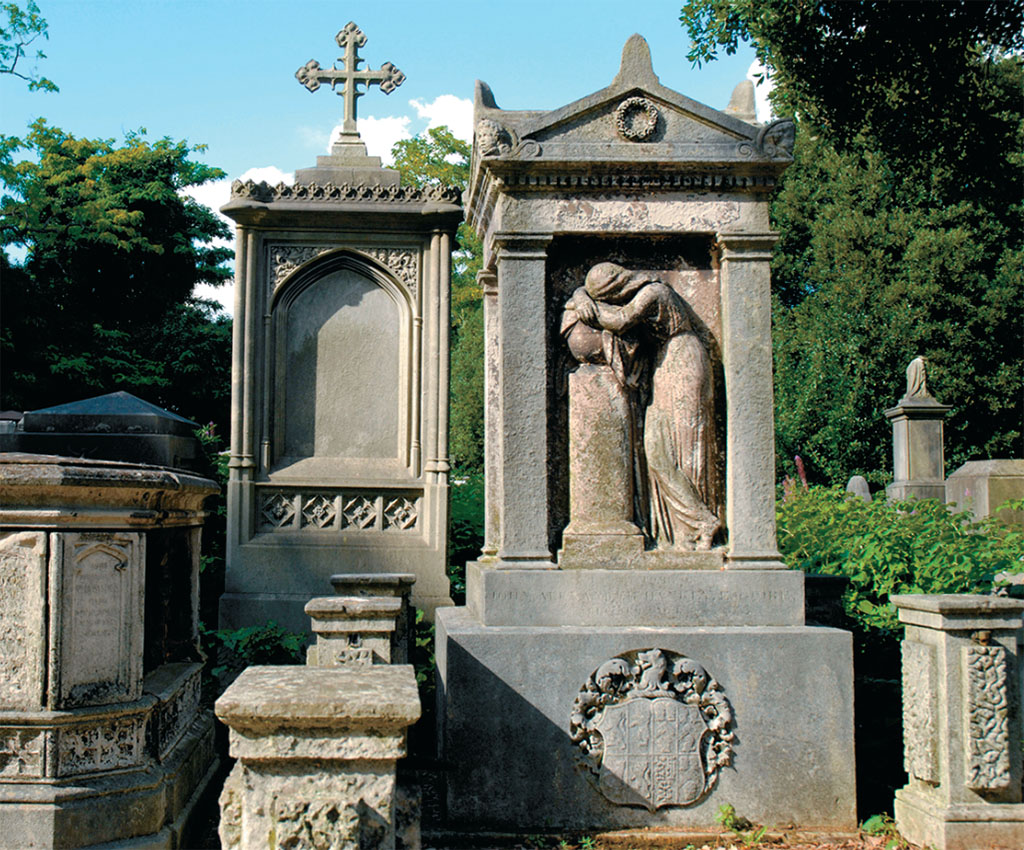
BRITAINONVIEW/TONY PLEAVIN
4. Mount Street Gardens, Mayfair, London
Some years ago we stumbled upon these gardens while running around the London neighborhood of Mayfair. Since then we have returned many times. Almost hidden away off South Audley Street, the gardens are a blissful, true oasis in a bustling city and practically unknown even to many Londoners. www.ukattraction.com/london/map/mount-street-gardens.htm
5. Kensal Green Cemetery, London
A walk among the overgrown grounds of Kensal Green with its towering monuments and elaborate mausoleums is like walking through the Victorian era. Dating to 1833, this is one of Britain’s oldest cemeteries still open for burials, and its grounds on the outskirts of London are enchanting. Among the famous people buried here is Anthony Trollope, one of my favorite writers. www.kensalgreen.co.uk
6. Denbigh, Denbighshire
Denbigh still has a substantial portion of its original medieval walls intact. The beautiful remains of the 13th-century Denbigh Castle stand high on a steep hill overlooking this old market town in northeast Wales. Other haunting remains include those of Leicester’s Church, begun in 1578 by Robert Dudley, a favorite of Queen Elizabeth I, and the remaining tower and one wall of St. Hilary’s Chapel www.denbigh.com www.cadw.wales.gov.uk
7. Edzell Castle and Gardens
Just north of the ancient Scottish town of Brechin between Aberdeen and Dundee is this storybook red sandstone castle dating to the 1500s. The castle’s tower remains its best-preserved part, but what draws me to Edzell is the stunning walled garden that dates to 1604. www.historic-scotland.gov.uk
8. The Nine Stones, Winterbourne Abbas, Dorset
On the main road between Dorchester and Bridport is the small, quaint village of Winterbourne Abbas. The Nine Stones, difficult to find but worth the effort, is an intimate stone circle constructed about 4,000 years ago that gives me a feeling of peace as well as a tremendous sense of history. www.english-heritage.org.uk
9. Theatre Royal, Bury St. Edmunds, Suffolk
My passion for theater brings me back time and again to the Theatre Royal in Bury St. Edmunds. Built in 1819, this was one of the most elegant and modern playhouses of its day and is the only surviving Regency theater in England. www.theatreroyal.org
10. Long Walk, Windsor, Berkshire
This three-mile walk, known as the Long Walk, cuts through the heart of Windsor Great Park. The walk leads from Windsor Castle to a huge copper statue of George III on horseback. At the statue you can return as you came or turn left and continue on to Virginia Water, or turn right to Runnymede. This is one of my favorite walks, and there are many variations. www.windsorinformation.co.uk
JIM HARGAN
1. The Vale of Pewsey, Wiltshire
One of England’s finest groupings of unspoiled villages lies far off any tourist track—or any A-highway. This amazing valley in central Wiltshire not only sets some sort of thatch, green and pub per capita record, it also is flanked by tall, grass-covered downs encrusted with stone circles, hill forts, barrows, the world’s oldest road and the mysterious Arthurian monument, the Wansdyke. www.visitwiltshire.co.uk
2. Rutland
England’s tiniest county is a step back in time, before superhighways and big-box stores. Long, rolling hills have sheep grazing on the crest and tiny farming villages in the valleys, while its two market towns are nearly unchanged. Everyone is so proud and delighted at having the county back, after having been gobbled by its giant neighbor Leicestershire in 1974 only to be spat out again 20 years later. www.rutnet.co.uk
[caption id="50HiddenTreasures_img4" align="aligncenter" width="1024"]
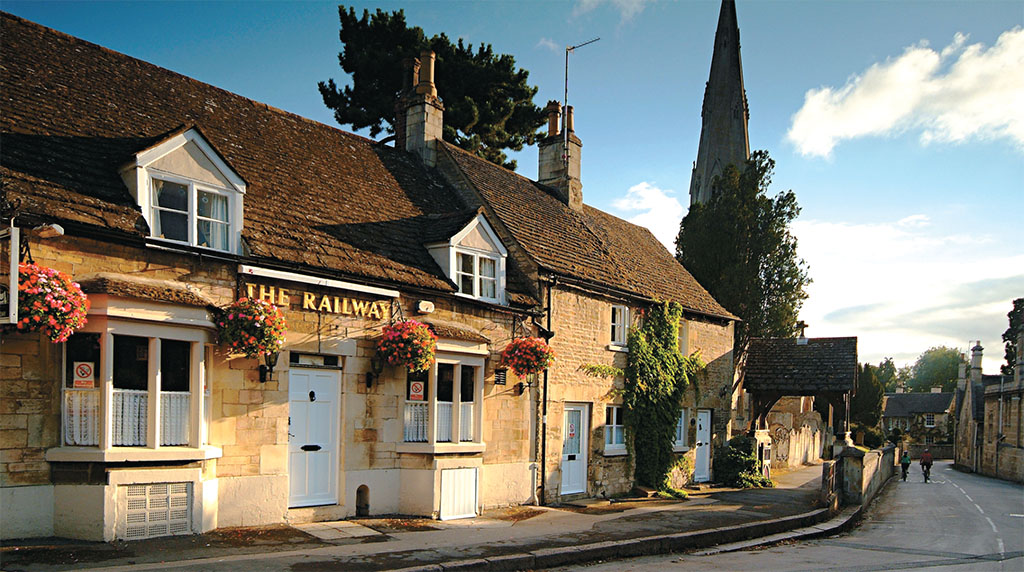
DANA HUNTELY
3. The Villages of Banbury, Oxfordshire
Banbury is a nice, if unremarkable, canal-side market town in north Oxfordshire; it’s the surrounding villages that are breathtaking. Go down any lane and find, within two or three miles, a collection of ancient golden-stoned thatched cottages around a green. Scenically and culturally, this is part of the Cotswolds; the only thing missing is the tour buses. www.banburytown.co.uk, www.cotswolds.info/places/banbury.shtml
4. The Welsh Coal Valleys, Glamorgan
Once the world’s finest source of steam-grade coal, these linear valleys running northward from Cardiff have now lost their last deep pit mine. Two mines have been converted into superb industrial museums: The Rhondda Heritage Park is the more informative and involving, while the remote Big Pit allows you to go underground. www.rhonddaheritagepark.com, www.museumwales.ac.uk/en/bigpit
5. The Sands of Dee, Wirral Peninsula, Cheshire
The Dee’s mouth has been choking with sand since Roman times, and sand-blocked quays are sprinkled about its eastern shore. The best places: Little Neston, where a charming dockside pub sits by a massive stone quay that no longer has any sea access, and the rocky bird sanctuary of Hilbre Island. www.visitwirral.com
6. Blackpool, Lancashire
The tourist resort made by the English working classes exclusively for their own amusement remains a lively, bawdy, raucous destination. The seafront is so heavily built up that its beach exists only at low tide—but you didn’t fly to England for sea bathing. It’s the buildings that are so fascinating: three huge pleasure piers, 11 miles of Victorian tramway, vast theaters with nightly music hall acts and a 518-foot Victorian-era tower made of black cast iron. www.blackpooltourism.com
7. The Lowther Valley, Cumbria
This hidden gem sits within Britain’s most popular countryside, The Lake District National Park. It’s a limestone valley on the park’s eastern edge, where rich farmland contrasts spectacularly with the vast mountains on the west. This is a great place to experience the sudden contrast between prosperous villages and empty wilderness (see photo of Lowther Castle, British Heritage, January 2009, p. 50). www.visitcumbria.com/pen
8. Islay, Inner Hebrides
Southernmost of the Inner Hebrides, this small island is the home of no fewer than seven of the finest whisky distilleries in the world. It’s not an easy place to reach, but you’ll find quaint whitewashed villages, sweeping mountain views, people speaking Gaelic in the streets, incredible fell-walking—and a week’s worth of daily whisky tastings. www.isle-of-islay.com
[caption id="50HiddenTreasures_img5" align="aligncenter" width="1024"]
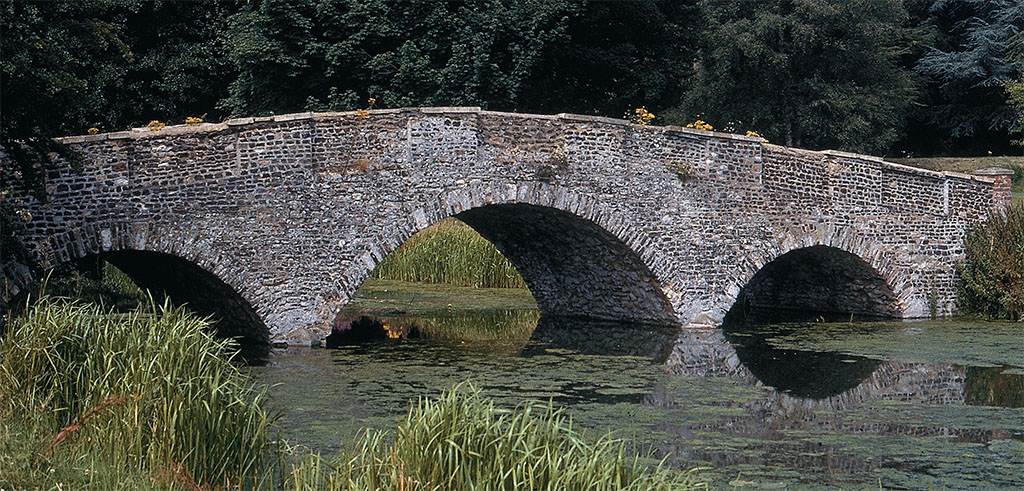
DANA HUNTLY
9. Wester Ross, Western Highlands
The 90-mile Destitution Road penetrates deep into some of the Scottish Highlands’ most incredible and least accessible scenery. Here you’ll find fishing villages beside giant waterfalls, upstream from which rise cliff-sided mountains. The history is equally remarkable, if grim; this is the heart of crofters’ Scotland and the epicenter of the Highland Clearances. www.visithighlands.com/northern-scottish-highlands/westerross
10. Lochinver, Western Highlands
This attractive fishing village sits 10 miles west of the only main road in the northwestern Highlands. It’s a quaint and comfortable place—an excellent headquarters for some of Scotland’s finest fell-walking, on peaks that look like they are straight from The Lord of the Rings. www.lochinver.bordernet.co.uk
DANA HUNTLEY
1. Butser Ancient Farm, Hampshire
Located between Petersfield and Hampshire off the A3, Butser is an experimental archaeology site, a working laboratory of Celtic and early Roman Britain. Open to drop-in visitors through the week, Butser’s enormous Celtic Roundhouse is one of the wonders of England. www.butser.org.uk
2. Waverley Abbey, Surrey
Tucked off the A31 near Farnham, Waverley Abbey is mentioned on the maps to little fanfare. Just park off the road and stroll through the water meadows among the ruins of the first Cistercian monastery in England. Endowed by the wealthy bishop of Winchester in 1262, Waverley is historic, picturesque and open to visit. www.english-heritage.org.uk
3. Peterborough Cathedral, Cambridgeshire
Though often overlooked in chat about England’s majestic medieval cathedrals, Peterborough Cathedral deserves to be included. Its magnificent wooden ceiling is the finest in Europe—and it’s less than an hour by rail from London King’s Cross. www.peterborough-cathedral.org.uk
4. Bosworth Field, Leicestershire
The site of one of England’s most significant battles is also one of its best battlefield visits. The Wars of the Roses, the Plantagenet Dynasty and the Middle Ages ended here, with the death of Richard III and triumph of Henry Tudor. See the battle unfold at a great Visitors Centre, then walk the lines where the action occurred. www.bosworthbattlefield.com
[caption id="50HiddenTreasures_img6" align="aligncenter" width="1024"]
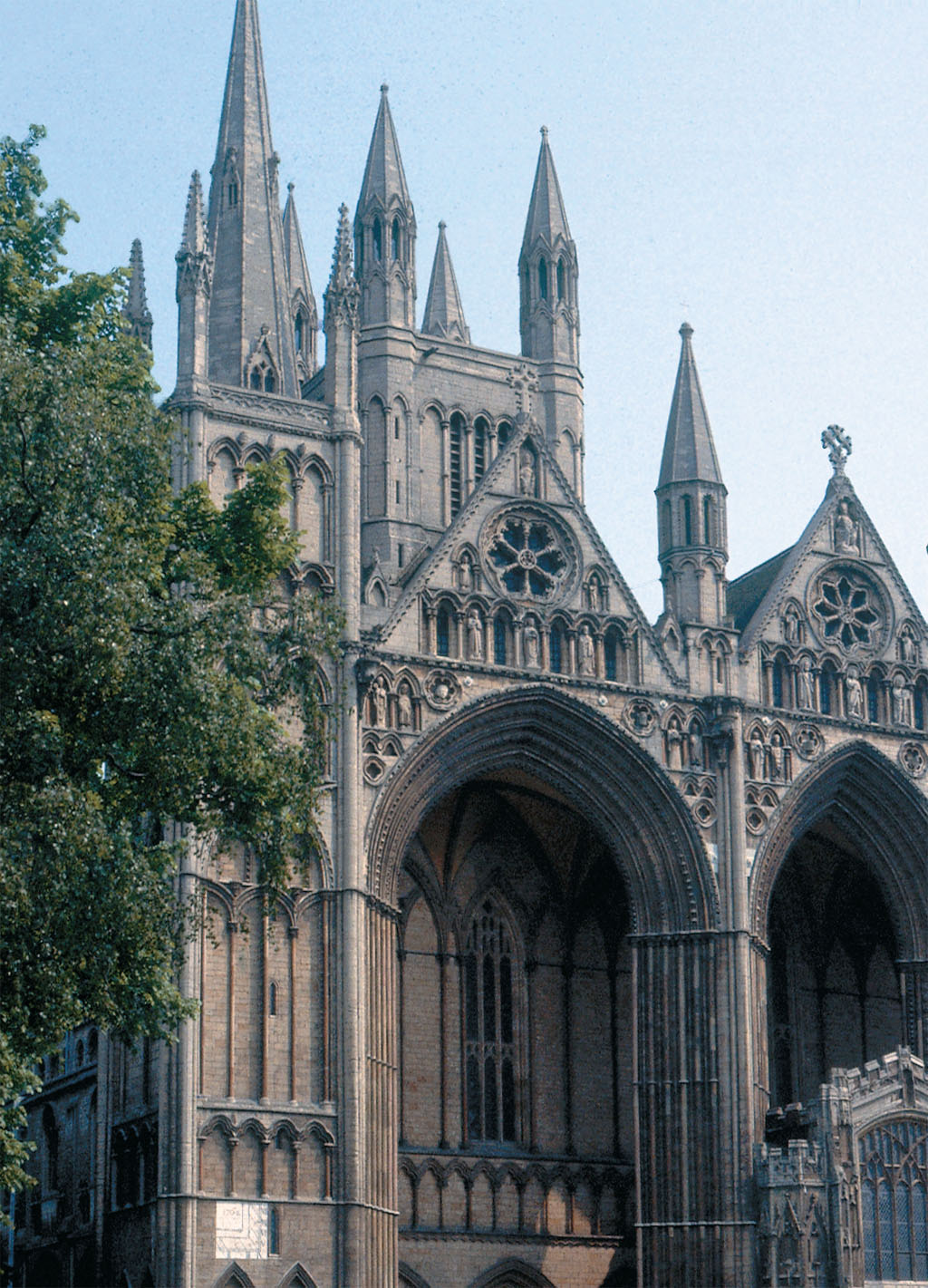
DANA HUNTLEY
5. Llancaiach Fawr, Treharris, Caerphilly
It is the year 1645, and a visit from King Charles is expected soon at the Welsh manor of Llancaiach Fawr, when you drop in to visit the home of Colonel Pritchard. One of my favorite living history museums anywhere re-creates the household life and lifestyle of 17th-century gentry. www.caerphilly.gov.uk/llancaiachfawr
6. Portmeirion, Porthmadog, Gwnyedd
From 1925 to 1975, Sir Clough Williams-Ellis created this fantasy Italianate village and its remarkable gardens on the northwest coast of Wales. Most famously “The Village” of the television series The Prisoner, Portmeirion never fails to delight visitors with its riot of pastel-colored buildings, fun shops and profusion of flowers. www.portmeirion-village.com
7. Quarry Bank Mill, Styal
Quarry Bank Mill was one of the first massive water-powered textile mills of England’s Industrial Revolution. This operational mill complex, complete with Victorian apprentice house, is now showcased by the National Trust. A great, enlightening visit. www.nationaltrust.org.uk
8. Calke Abbey, Derbyshire
This is the “House That Time Forgot.” Unchanged from Edwardian times—though inhabited until the mid-1980s—this baroque mansion is conserved in a state of memorable decay by The National Trust. It is a vivid depiction of how the English country house declined in the 20th century. www.nationaltrust.org.uk
9. Melrose Abbey, Borders
Dryburgh and Jedburgh are beautiful Border abbeys as well, but there is something about the romantic ruins of Melrose Abbey that captures my imagination. Maybe it is the heart of Robert the Bruce buried there or the magnificent view of the Eildon Hills rising in the middle distance. www.aboutscotland.com/mel.html
10. Lynton/Lynmouth, Devonshire
While the crowds flock to the South Coast, the eerie beauty of Exmoor and the north Devon coast gives it an incomparable tran-quility. Ride the cliff railway from Lynmouth up the cliffs to sister village Lynton on the top and feast on views over the Bristol Channel to Wales. www.devon-online.com
[caption id="50HiddenTreasures_img7" align="aligncenter" width="709"]
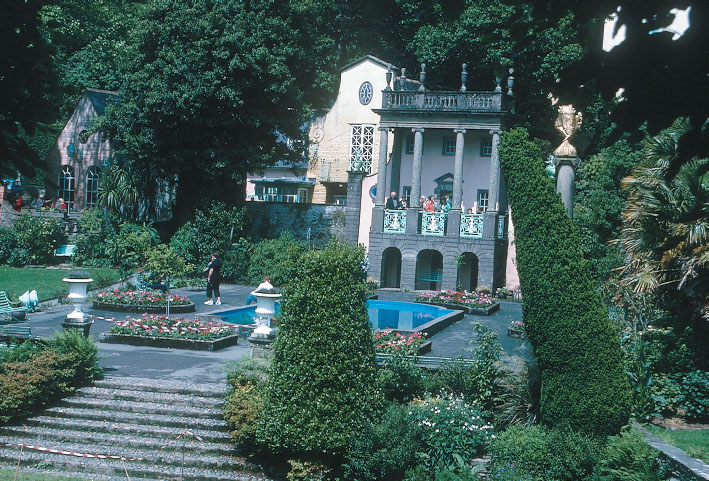
BRITAINONVIEW





Comments